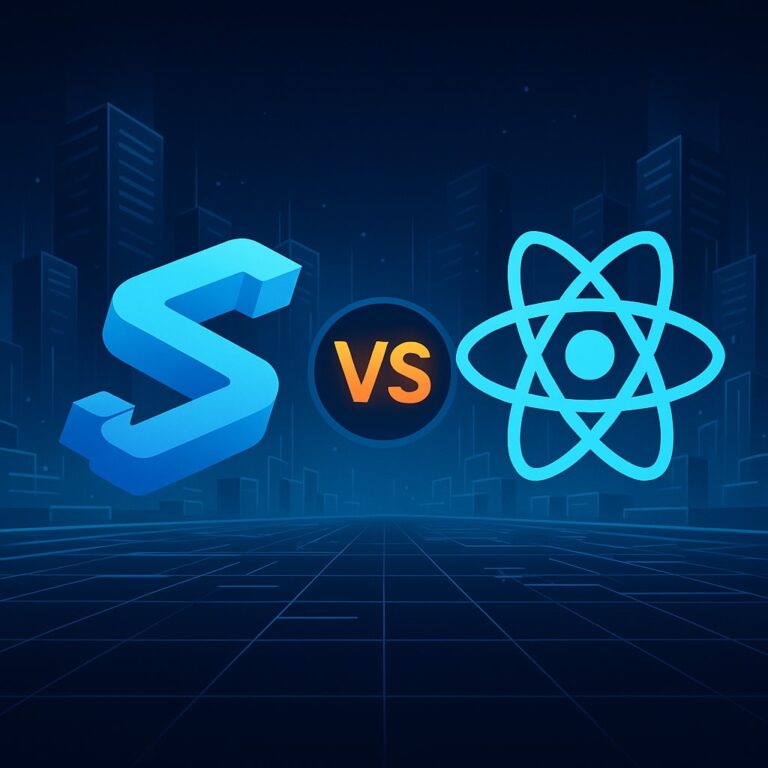Voice recognition technology has made significant strides in recent years, driven by advancements in deep learning. Speech-to-text systems are now integral to various applications, from virtual assistants to transcription services. This article provides a detailed, step-by-step guide to creating a speech-to-text system using deep learning techniques. We’ll cover data collection, model training, and integrating the system into applications.
1. Understanding Speech-to-Text Systems
What is Speech-to-Text?
Speech-to-text (STT) systems convert spoken language into written text. These systems are essential for applications like virtual assistants (e.g., Siri, Google Assistant), automated transcription services, and accessibility tools for the hearing impaired.
Key Components of STT Systems
- Acoustic Model: Converts audio signals into phonetic units.
- Language Model: Predicts the probability of word sequences.
- Decoder: Combines outputs from the acoustic and language models to generate text.
2. Choosing the Right Tools and Frameworks
Several tools and frameworks can be used to build speech-to-text systems. For this guide, we’ll use Python and popular deep learning libraries such as TensorFlow and PyTorch, along with specific STT libraries like DeepSpeech and SpeechRecognition.
Why Use DeepSpeech?
- Open Source: Developed by Mozilla, it’s free and open-source.
- Pre-trained Models: Offers pre-trained models that can be fine-tuned.
- Community Support: Active community and extensive documentation.
3. Setting Up the Environment
Prerequisites
- Python (>=3.7)
- pip (Python package installer)
- Git
Installation
Install Python Packages:
pip install deepspeech numpy scipyClone DeepSpeech Repository:
git clone https://github.com/mozilla/DeepSpeech
cd DeepSpeech4. Data Collection
Types of Data
- Audio Files: Recordings of spoken language in various formats (e.g., WAV, MP3).
- Transcripts: Text versions of the audio recordings.
Sources of Data
- Open Datasets: Common Voice by Mozilla, LibriSpeech, TED-LIUM.
- Custom Data: Recording your own audio samples.
Preprocessing Data
i. Convert Audio to Uniform Format:
- Ensure all audio files are in the same format (e.g., 16kHz, mono, WAV).
- Use
ffmpegfor conversion:bash ffmpeg -i input.mp3 -acodec pcm_s16le -ac 1 -ar 16000 output.wav
ii. Normalize Audio:
- Normalize volume levels across all audio files.
- Use Python libraries like
pydub:python from pydub import AudioSegment audio = AudioSegment.from_file("input.wav") normalized_audio = audio.apply_gain(-audio.max_dBFS) normalized_audio.export("normalized.wav", format="wav")
5. Model Training
Pre-trained Models
Using pre-trained models can save time and computational resources. DeepSpeech offers pre-trained models that can be fine-tuned on your dataset.
Fine-Tuning the Model
i. Prepare the Dataset:
- Organize your audio files and transcripts.
- Create a manifest file that lists the paths to audio files and their corresponding transcripts.
ii. Fine-Tune the Model:
python3 DeepSpeech.py --train_files train.csv --dev_files dev.csv --test_files test.csv --epochs 5 --learning_rate 0.001 --export_dir ./modelsiii. Monitor Training:
- Use tools like TensorBoard to monitor training metrics:
bash tensorboard --logdir=./models
Custom Training
If you have a large, custom dataset, you may want to train a model from scratch.
i. Prepare the Dataset:
- Follow the same steps as fine-tuning to organize your data.
ii. Train the Model:
python3 DeepSpeech.py --train_files train.csv --dev_files dev.csv --test_files test.csv --epochs 50 --learning_rate 0.001 --export_dir ./modelsiii. Evaluate the Model:
- Evaluate the model’s performance using the test dataset.
python3 DeepSpeech.py --test_files test.csv --checkpoint_dir ./models6. Integrating the System into Applications
Using the Trained Model
i. Load the Model:
import deepspeech
import numpy as np
from scipy.io import wavfile
model_path = 'models/output_graph.pbmm'
model = deepspeech.Model(model_path)ii. Transcribe Audio:
fs, audio = wavfile.read('path_to_audio.wav')
audio = np.frombuffer(audio, dtype=np.int16)
text = model.stt(audio)
print(text)Building a Web Application
You can build a web interface to interact with your speech-to-text system using frameworks like Flask or Django.
i. Flask Setup:
pip install flaskii. Flask App Code:
from flask import Flask, request, jsonify
import deepspeech
import numpy as np
from scipy.io import wavfile
app = Flask(__name__)
model_path = 'models/output_graph.pbmm'
model = deepspeech.Model(model_path)
@app.route('/transcribe', methods=['POST'])
def transcribe():
file = request.files['audio']
fs, audio = wavfile.read(file)
audio = np.frombuffer(audio, dtype=np.int16)
text = model.stt(audio)
return jsonify({'text': text})
if __name__ == '__main__':
app.run(debug=True)iii. Run the App:
python app.pyBuilding a Mobile Application
Integrate the speech-to-text system into a mobile application using frameworks like React Native or native Android/iOS development tools.
i. API Endpoint:
- Use the Flask app as an API endpoint for your mobile app.
ii. React Native Setup:
- Use
fetchoraxiosto send audio files from the mobile app to the Flask API and display the transcribed text.
Conclusion
Building a speech-to-text system using deep learning involves several steps, from data collection and preprocessing to model training and integration into applications. By leveraging tools like DeepSpeech and frameworks like Flask, you can create a robust and efficient speech-to-text system. Continuous testing and improvement will help refine your system, making it more accurate and reliable for real-world applications.
By following this comprehensive guide, you can develop a speech-to-text system that can be integrated into various applications, enhancing accessibility, user interaction, and automation capabilities.











